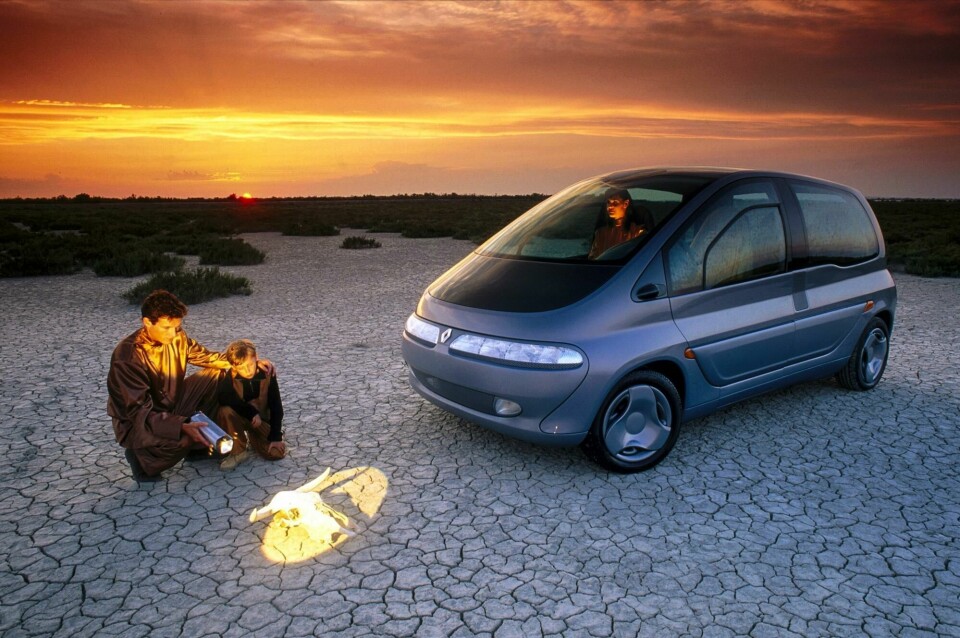
Concept Car of the Week: Renault Scenic (1991)
The Renault Scenic concept was designer Anne Asensio’s genre-defining new type of family car
Any discussion of the MPV phenomenon of the last 30 years has to include the Renault Espace, the minivan that effectively created a new market sector in Europe and set the standard for a generation of imitators. The Espace’s success inspired Renault to try again – this time with a smaller package.

The brief was to create a twenty-first century car for young families, “a car for life and living”, whose design would be “an invitation to travel”. The Scenic would combine the comfort of a sedan with the functionality of the Espace, all within the size of a compact car, and was aimed at those who would appreciate the convenience of raised seating and a flexible interior space, but who did not need or want seven seats or a larger vehicle. And so the concept of a smaller ‘compact MPV’ – with the footprint of a small family car but the interior space of a large one – was born.

Designed by Anne Asensio and built for Renault by Caggiola, the Scenic concept was introduced at the Frankfurt motor show in 1991. Key to its format was its cocoon-like monospace form and large glasshouse. The belt line wide-point was low – just above its wheel arches – offsetting the naturally tall proportions with a wide, low visual centre of gravity, aided by the almost full-width front lamps. Superb visibility for all occupants, no matter what their size, is afforded by a window line gently rising to add some dynamism to the side profile, before dropping sharply in the rear doors. Even 25 years later both BMW (i3) and Opel (Meriva) use the same technique. The Citroën C4 Cactus also tips its hat to the large, impact-absorbing door inserts.
The doors on both sides were sliding, allowing ease of egress, especially on the passenger side where two doors and the absence of a ‘B’ pillar allowed for an extraordinarily wide opening – perfect for loading kids with backpacks and football gear. On the driver side there was only one siding door, allowing for additional rigidity and a intake for the air conditioning unit.

The interior was entirely dedicated to the theme of family travel. Each of the five seats was unique, representing a different continent, mapped out in the carpet. The front passenger seat could be rotated to face the rear seats, two of which could transform into child safety seats.

And because families have lots of gear to haul around, there was a double floor housing two stowage holds plus a luggage stowage area, each accessible via openings both inside and outside the car. Because the Scenic was projected to be a twenty-first century car, it was a showcase for emerging automotive technologies: a first-generation navigation system called Carminet was fitted.
Hauling the luggage was a surprisingly powerful two-litre, 150bhp engine plus four-wheel drive with a self-levelling suspension system to balance loads. ABS brakes were linked to the automatic transmission, which, rather than using the traditional gear selector, employed a keyboard.

As the Scenic was a family car, the concept featured a number of safety systems not yet commonly in production: a driver drowsiness alert system, integrated child safety seats, a driver’s side airbag, automatic door locking, and rear-view cameras instead of traditional mirrors.
The Scenic was transformed from concept to production with the 1996 model year and it became an instant success. Imitators quickly followed, but the Scenic remains the standard-bearer, still in production 20 years later. Although its sales have been eroded by the advent of far less intelligent crossovers, it has been lauded as one of the most influential cars of all time.





